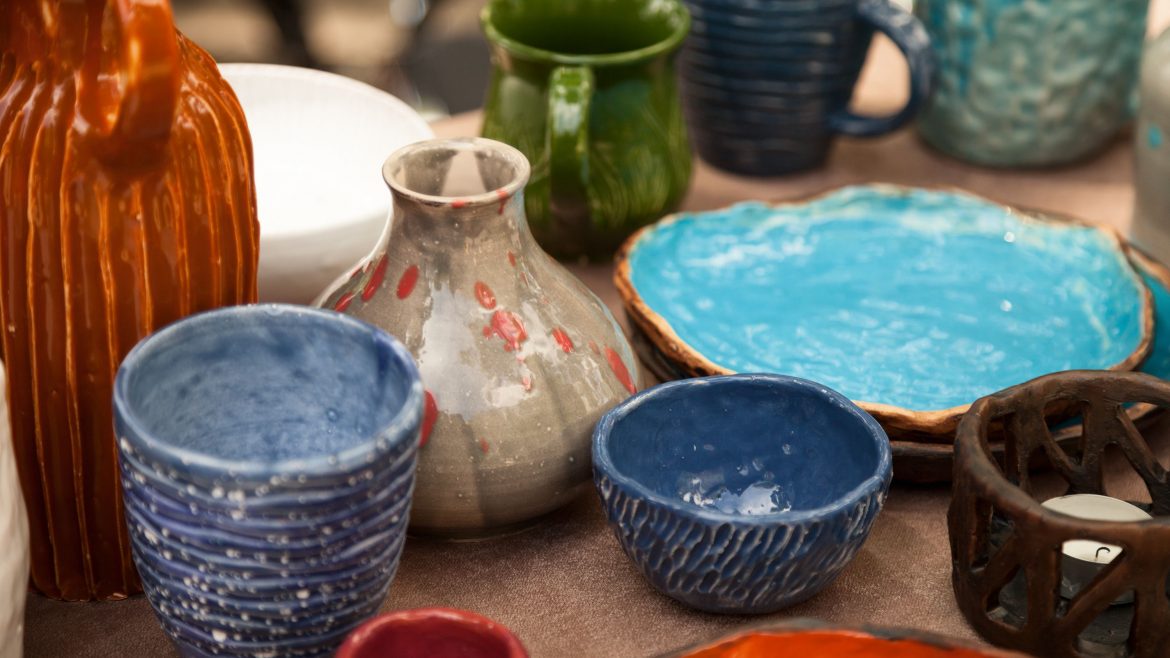Story of Ceramic and its Specifications
What is Ceramic?
The term ceramic means ‘Potter’s clay’ which is derived from the Greek word ‘keramos’. Generally ceramic is made from a mixture of powders, earthen elements, clay, and water. Ceramic is later covered with waterproof, decorative, and paint-like substances called glazes. According to studies, human beings have been making use of ceramic science for 26000 years. Humans used clay, silica for making ceramic materials by heating and fusing them. In archaeological sites, ceramic artefacts play a vital role in understanding the technology, culture, and behaviour of the person in those times. The traditional analysis becomes easier to do by sorting the ceramic style, manufacturing, composition, and morphology.
Ceramics are classified into nonmetallic and inorganic materials. These materials are essential in daily lifestyle. We can notice ceramic all around us. Ceramics are used as a basic material in manufacturing things like bricks, tiles, glass, plates, toilets, etc. Ceramic material crystallinity ranges from highly crystalline to semi-crystalline, amorphous or vitrified. Nowadays, ceramic term poses a very expansive meaning as it is included with different materials like advanced ceramic, glass, and cement. These advanced ceramics are implemented in everyday use like making fridge magnets, metal production, aerospace, personnel protection, automotive, electronic, etc.
To know more about ceramic visit ‘Ceramique au Sommet Montreal’.
Advantage of Ceramics:
- Used as a cutting tool and abrasive powder because of its hardness property.
- Used as refractory material because of its high melting point.
- Used as thermal insulators
- Used as the insulator because of its property of high electric resistance.
- Used in lightweight components as it has low mass density.
- They are durable as chemically inert materials.
The disadvantage of Ceramic:
- Material is brittle.
- Poses zero ductility.
- Has very poor tensile strength.
- It is very difficult to shape them.
Types of Ceramic:
Ceramics are categorized into two types depending on their atomic structure.
- Non-crystalline ceramic
- Crystalline ceramic
They are also categorized into three types depending on the material
- Non-Oxides
- Oxides
- Composites
Properties of Ceramic:
- Has Hardness
- Good thermal insulator
- Low mass density
- High melting point
- Zero ductility
- Brittle
- High electricity resistance
- Low tensile strength
- Mostly Chemically inert
Application of Ceramic:
- Due to its low weight, used in the space industry
- As Cutting tool
- Thermal insulator
- Electric insulator
- Refractory material

